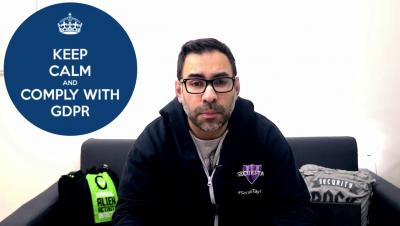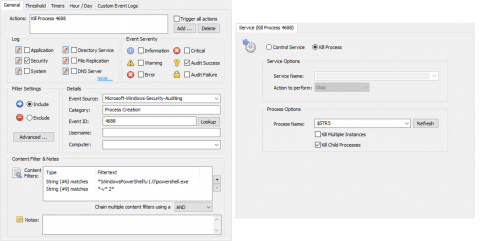3 ways cyber security is changing business operations
Businesses understand the importance of cyber security, and most are taking steps to ramp up their protection game. In fact, the International Data Corporation has projected worldwide spend on cyber security software, hardware, and services will reach $101.6 billion by 2020. That’s a 38% increase from the $73.7 spent in 2016. But cyber security is changing more than just budgets in the business world.









